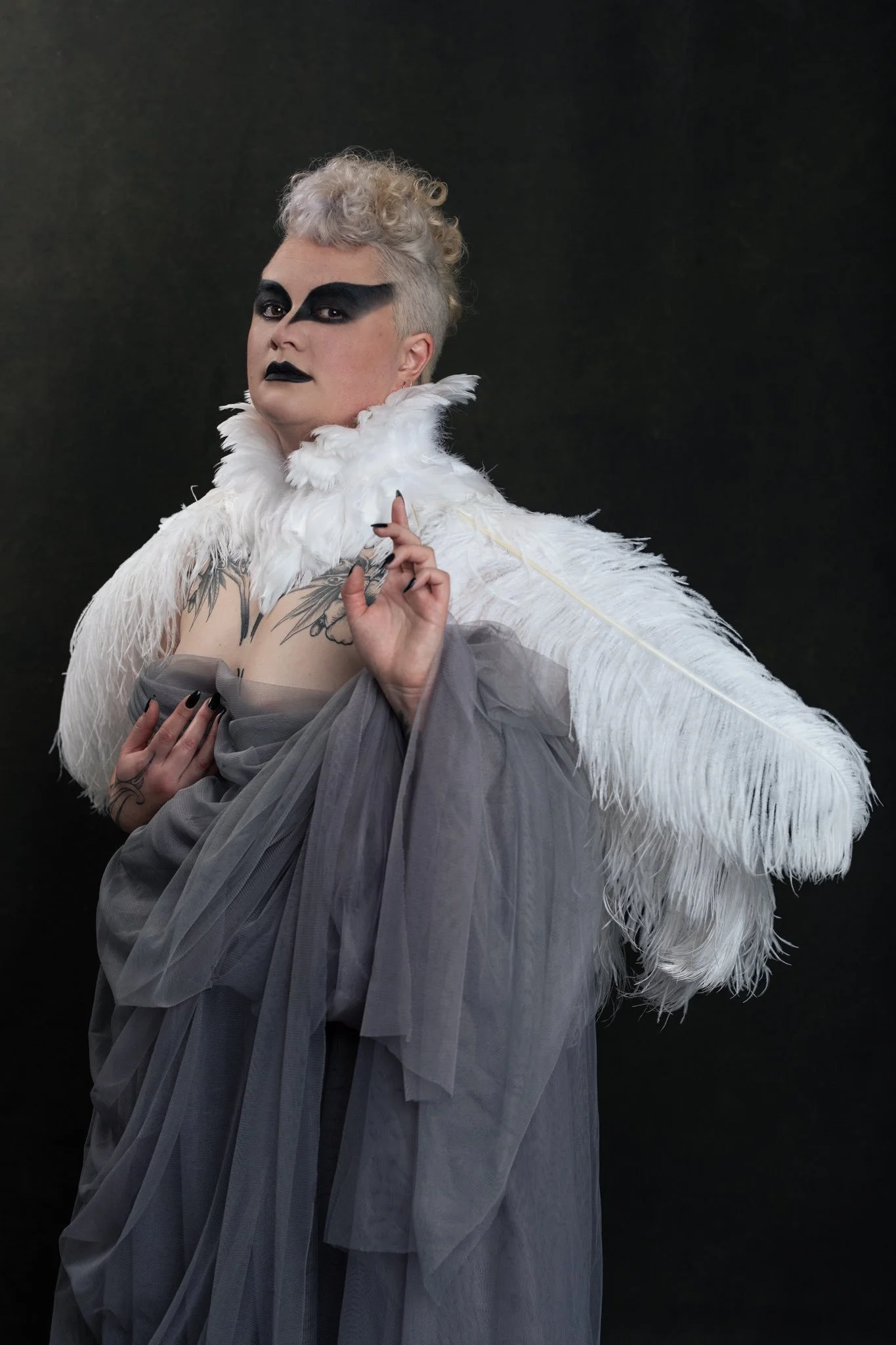Q&A with Whiti Hereaka
Winner of the Jan Medlicott Acorn Prize for Fiction at the 2022 Ockham New Zealand Book Awards for her novel Kurangaituku, Whiti Hereaka graciously answered some questions for us.
Q: Why do you write, what is your motivation and what do you hope to achieve through your writing?
A: I write to make sense of the world. Generally I write about something or a behaviour that bewilders me and try to figure it out that way. Sometimes I write to see if I can figure out a puzzle — a form or genre of writing that I’m not familiar with or a set of restrictions I’ve given myself. I don’t really have a motivation, writing is something of a compulsion. What I hope to achieve is a story that works! A story that agrees with its own logic and rhythm. If I achieve anything external to that it is a bonus.
Q: Are there any authors and/or playwrights who have influenced your writing?
A: Plenty! But personally I’ve learnt a lot about playwriting from Hone Kouka, David Geary and Ken Duncum. I was lucky to be mentored during my first novel by Renee and Philip Mann. Witi Ihimaera was – and continues to be — a big inspiration not only in writing itself but in pursuing a career in it. Pip Adam and Elizabeth Knox are always great to knock ideas around with. The writers I’ve only met through their works: Tom Stoppard, Samuel Beckett, Caryl Churchill, William Shakespeare, John Milton, Douglas Adams, Shirley Jackson... and probably whomever I’m reading at the time you ask me (currently Bora Chung).
Q: What do you need in your writing space to help you stay focused?
A: I’m not sure, but if one day I find the magical thing that keeps me focused I’ll let you know. Now I work on guilt about looming deadlines, tea and bribing myself with chippies and chocolate.
Q: What is your least favourite part of the writing process?
A: Some days, all of it. It’s hard to face a blank screen and to open yourself and be authentic and vulnerable.
Q: There are a lot of birds throughout your retelling, do you have a favourite bird or other animal?
A: Animals I like are cats across the spectrum of big and small, otters and birds — particularly our native birds but also Secretary Birds and corvids.
Q: What inspired you to write a contemporary retelling of this popular Māori myth?
A: It is a story that I had grown up with and because I whakapapa to the area I felt close to. I’d been interested in the story from the point of view of Kurangaituku for as long as I can remember — so really I indulged my own curiosity in writing it! What often happens when I have a project bubbling away in my mind is that the protagonist’s voice will start whispering to me, so I do what you do when you meet someone new and ask them about their life and their world — so I suppose Kurangaituku inspired her own story.
Q: We know you’re also a playwright, could you explain why you decided to write Kurangaituku as a novel rather than a play?
A: There were aspects of the story that would have been awkward on stage — Kurangaituku doesn’t have a physical voice. It is also a story about reclaiming your own story and the idea of subjectivity so it needed to be told through the mind of Kurangaituku. You can do this through a first person narrative far more easily than you can do on stage. I was also interested in pushing the experience of a novel — what could I do in a novel that couldn’t be replicated in another form? I wanted to experiment with how the structure and the physical object of a book could contribute and support the narrative.
Q: Do you follow a similar process when you write a novel vs. a play?
A: I have yet to follow the same process for any of my projects! I do tend to start with a character and work out from there, but sometimes I don’t. It really depends on the project.
Q: Would you like Kurangaituku to be adapted for stage or screen? If so, are there any actors you would love to see play Kurangaituku or Hatupatu?
A: I think to be true to the novel, an adaptation would have to start with examining what are the boundaries and strengths of theatre or film — how can the story be retold that makes the form inseparable from the narrative? I haven’t thought of casting for Hatupatu or Kurangaituku. The only casting I did while writing was Whiro and Tū, and I imagined Taika Waititi and Jemaine Clement from back in their Humourbeast days playing those characters.
Q: And finally, what is the main reason for the non-linear structure to Kurangaituku? Did you plan the non-linear structure from the beginning or is it something that came later?
A: I wanted the reader to experience time, deep time, the way Kurangaituku does so I experimented a lot with ways I could do that. It’s still not as non-linear as I wanted it to be! I also wanted to explore the ways that Pūrākau were told, and often that’s in a non-linear way. I particularly wanted the reader to flip the book at the points where the world of Kurangaituku has been turned upside down. The idea that it could be read from either end came fairly late — but surprisingly it didn’t take a lot to make that happen. I had already written the novel in parts, so it was just rejigging the parts “Te Kore”, “Te Pō” and “Te Whaiao” so that they echoed and mirrored each other a little more.


